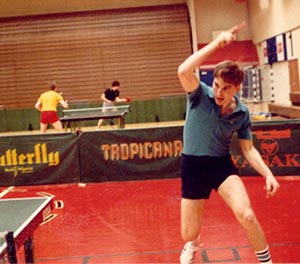USATT Coaching Questions
I’ve been very busy this summer - coaching, traveling, and writing. One casualty of this is that I haven’t done as much as chair of the USATT coaching committee as I’d have liked. However, sometime in the next few weeks I should be able to focus more on that. Here are upcoming coaching items. (Here’s the list of USATT committees – we’re third on the list.) I also have a coaching committee report due to the board, which I should have by Sept. 1. (We have a USATT board meeting in Washington DC, Sept. 9-10.)
What is the primary responsibility of the coaching committee? I’d say to recruit, train, and certify coaches. Recruitment basically means encouraging potential coaches into taking the plunge, either as part-time or full-time coaches. For the latter, this essentially means showing them that they can make a good living as a table tennis coach – as over 300 currently do in the United States.
Training means educating coaches so they become better coaches. I’ve had numerous discussions with USATT people on how best to do this, especially USATT High Performance Director Jorg Bitzigeio and past coaching chair Richard McAfee. Here are some possibilities:


 Photo by Donna Sakai
Photo by Donna Sakai


